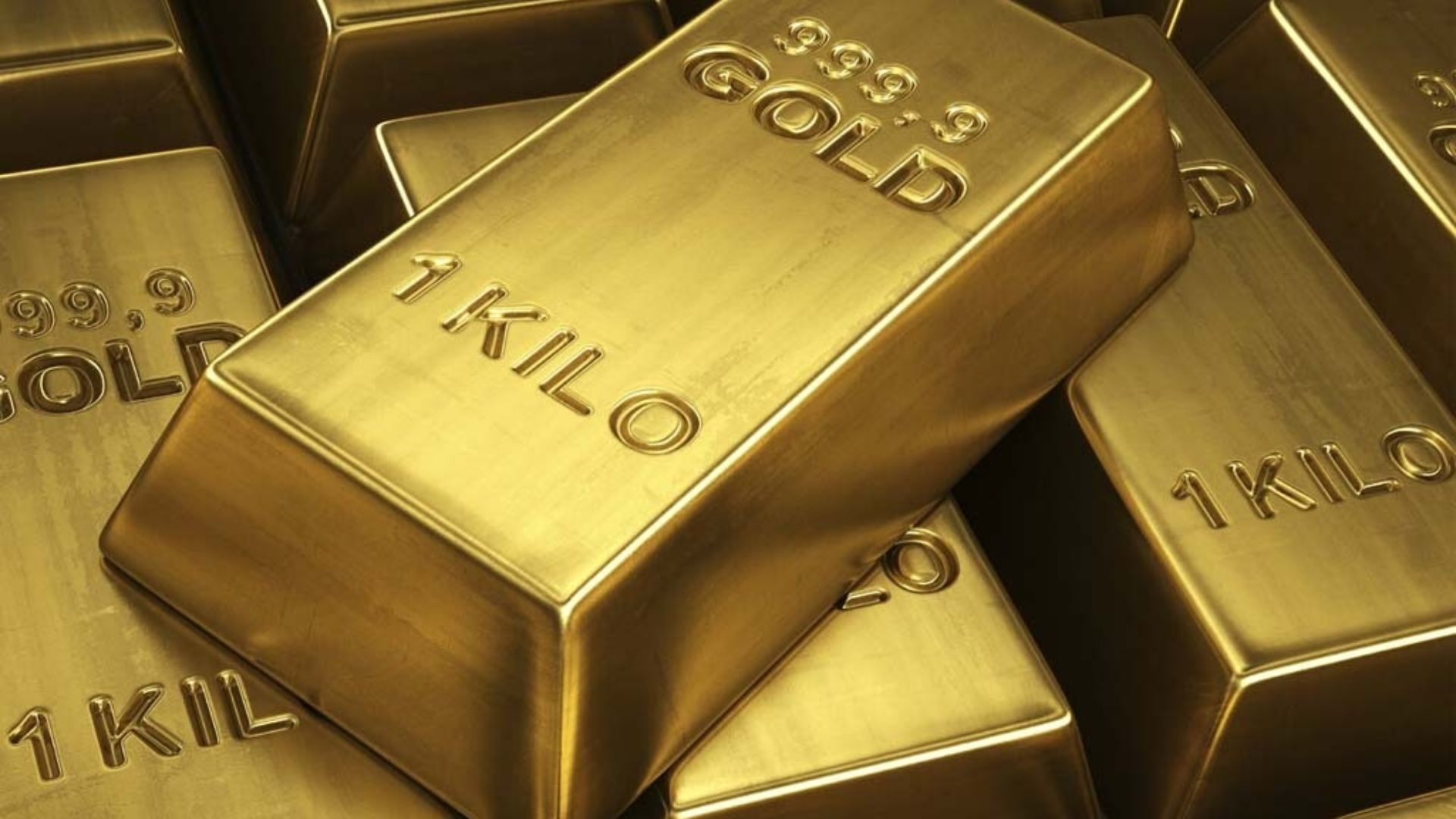It has been observed that the Asian Gold Buyers are intetrested to purchase gold irrespective of its high prices that is impacted by the geopolitical and macroeconomic uncertainties. Participants at a precious metals conference in Singapore this week were optimistic about bullion’s future, noting strong demand across the region. This comes after a record rally that has seen a 16% increase since mid-February, pushing prices above $2,300 an ounce.
Rhona O’Connell, head of market analysis at StoneX Financial Ltd., stated on the conference sidelines, “The change in sentiment has obviously led to higher prices, which in turn has drawn people back in. However, it’s not just about the price itself but also what’s driving the price—uncertainty and risk.”
Political Impact Of Gold Business
Political risk, with over 40 countries holding elections this year, was a significant topic at the Asia Pacific Precious Metals Conference. Concerns about the deteriorating state of major economies, particularly China, and declining local currencies are boosting gold’s allure, even as these factors make the metal pricier for most buyers.
China continues to be the leading retail market in Asia, rivaling financial hubs like London and New York as key price drivers. Gold has a long history in China as a savings tool, and the country is the top consumer and producer. Current instability in local property and stock markets is further stimulating demand.
Ruth Crowell, CEO of the London Bullion Market Association, remarked, “The Chinese market is likely the biggest force in price discovery right now. Demand for gold in Asia will keep growing.”
The LBMA is expanding its presence in Asia, seeing significant growth in new members, including banks, traders, and good delivery refineries, according to Crowell.
Elsewhere in Asia, India saw a dip in demand between March and April, but it has rebounded as jewelers report higher sales during the festival season compared to the previous year, per the World Gold Council.
In smaller markets like Vietnam, demand remains robust, with consumption in the first half of the year expected to rise by 10% year-on-year, said Huynh Trung Khanh, vice chairman of the Vietnam Gold Traders Association.
In Japan, purchases are steady despite the weakening yen making bullion more expensive for buyers. Bruce Ikemizu, chief director at the Japanese Bullion Market Association, noted, “We are seeing selling, of course, but even more buying at this historical high level. This is unprecedented.”
Supply from scrap metal in the region has also tightened, which is unusual in this high-price environment, indicating that consumers are unwilling to part with their gold, explained Nikos Kavalis, managing director at consultancy Metals Focus Ltd.
However, in the longer term, there is a reason to moderate this bullish outlook. The geopolitical landscape may stabilize after this year’s extensive election cycle concludes.
“This could remove one element of support unless the new regimes cause further concern,” said StoneX’s O’Connell.


















